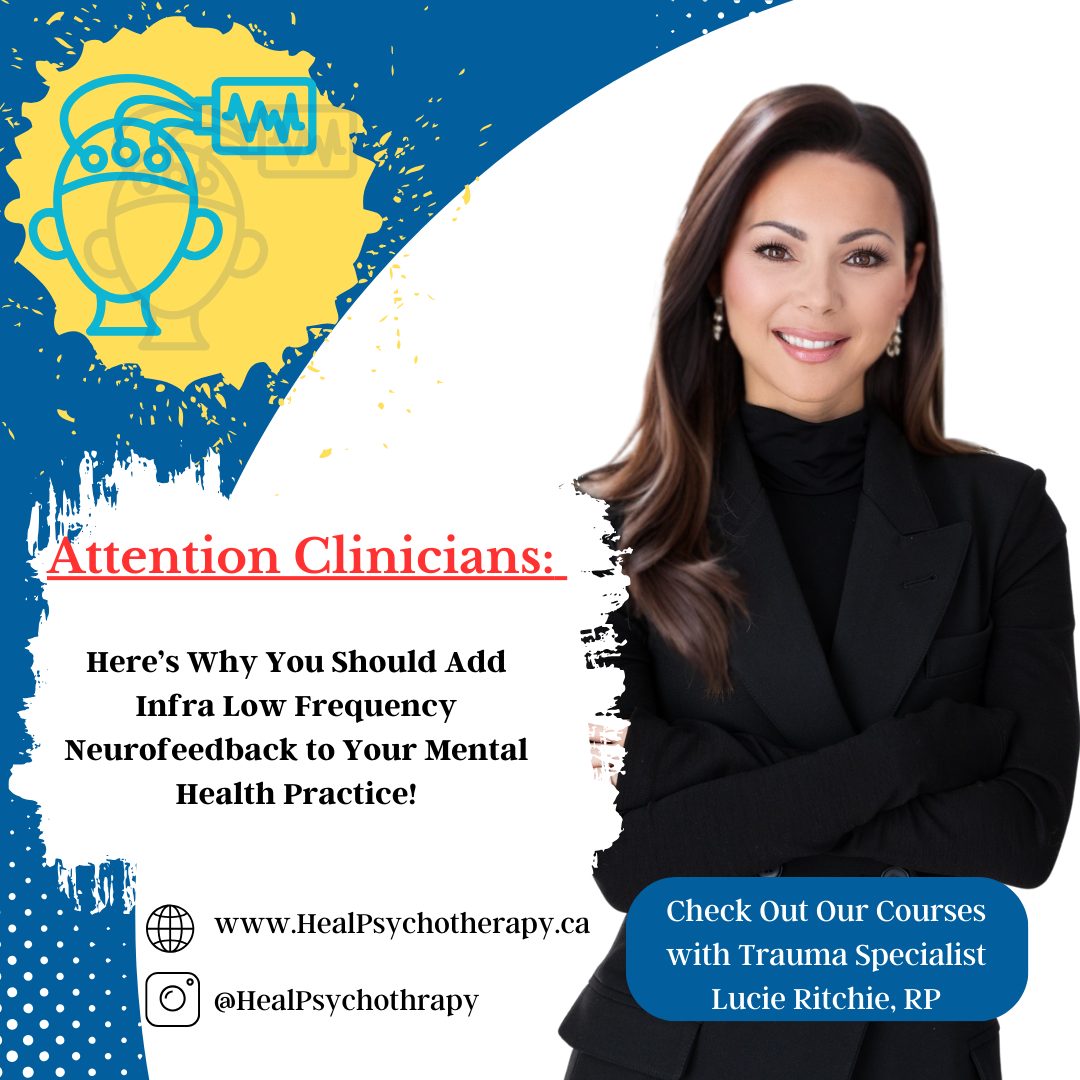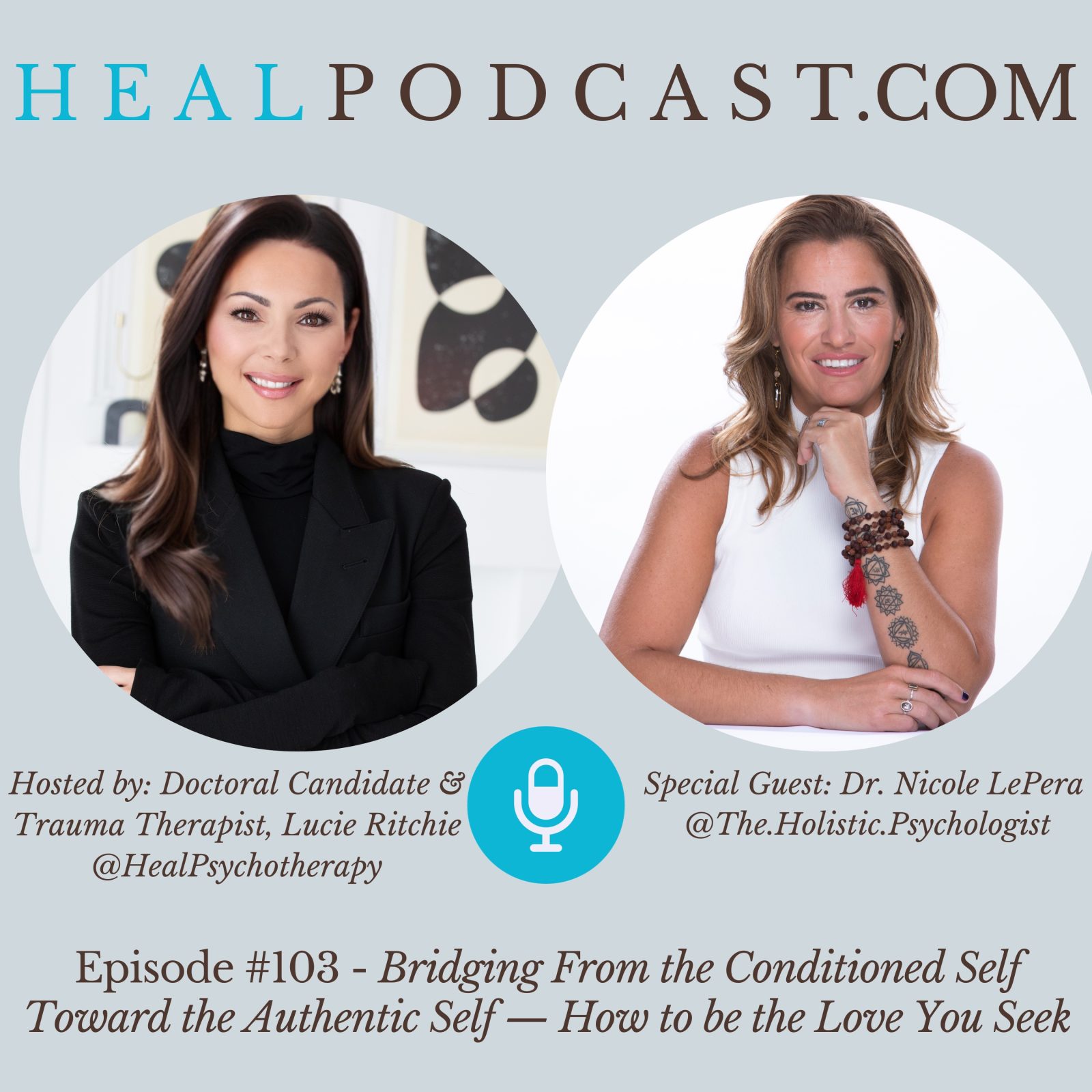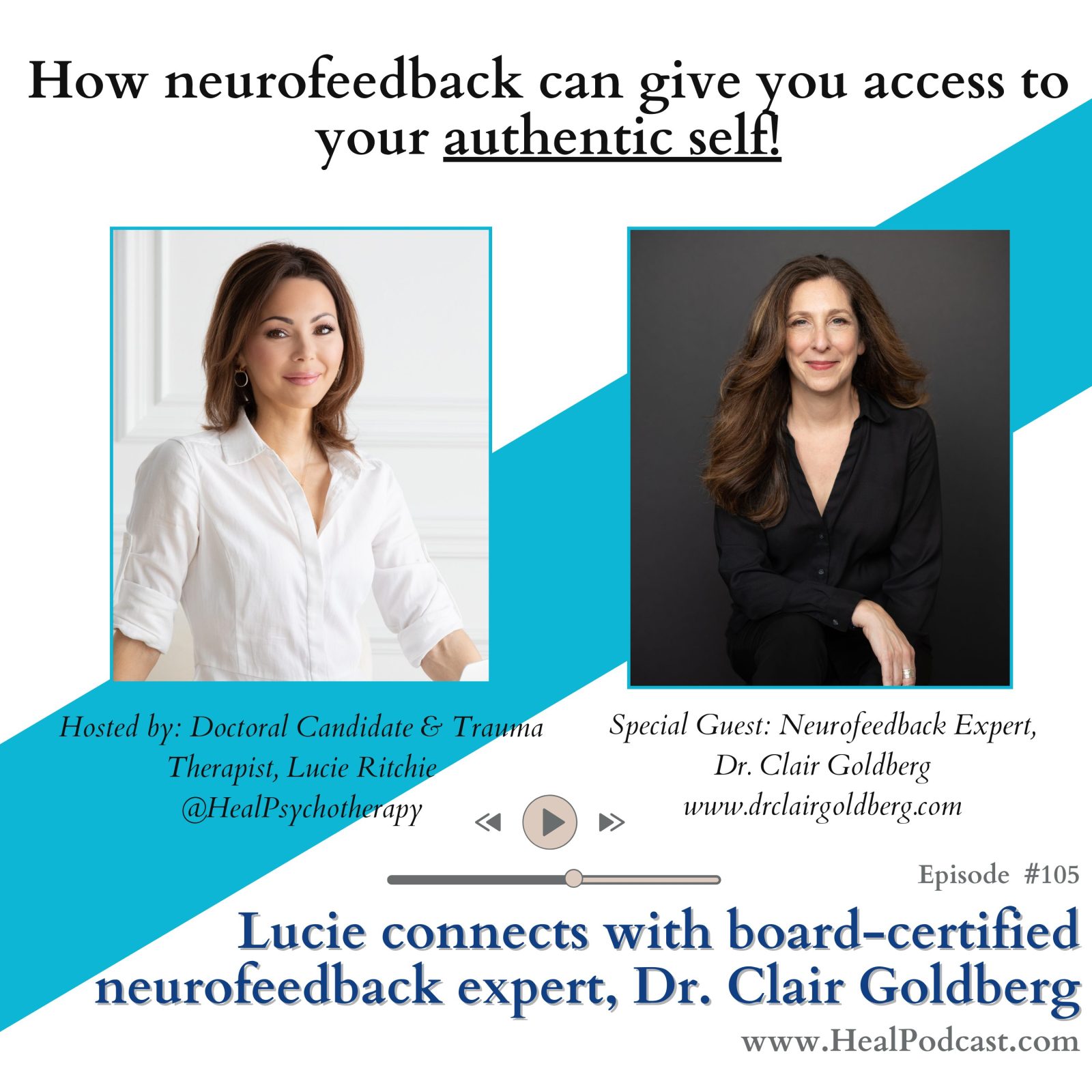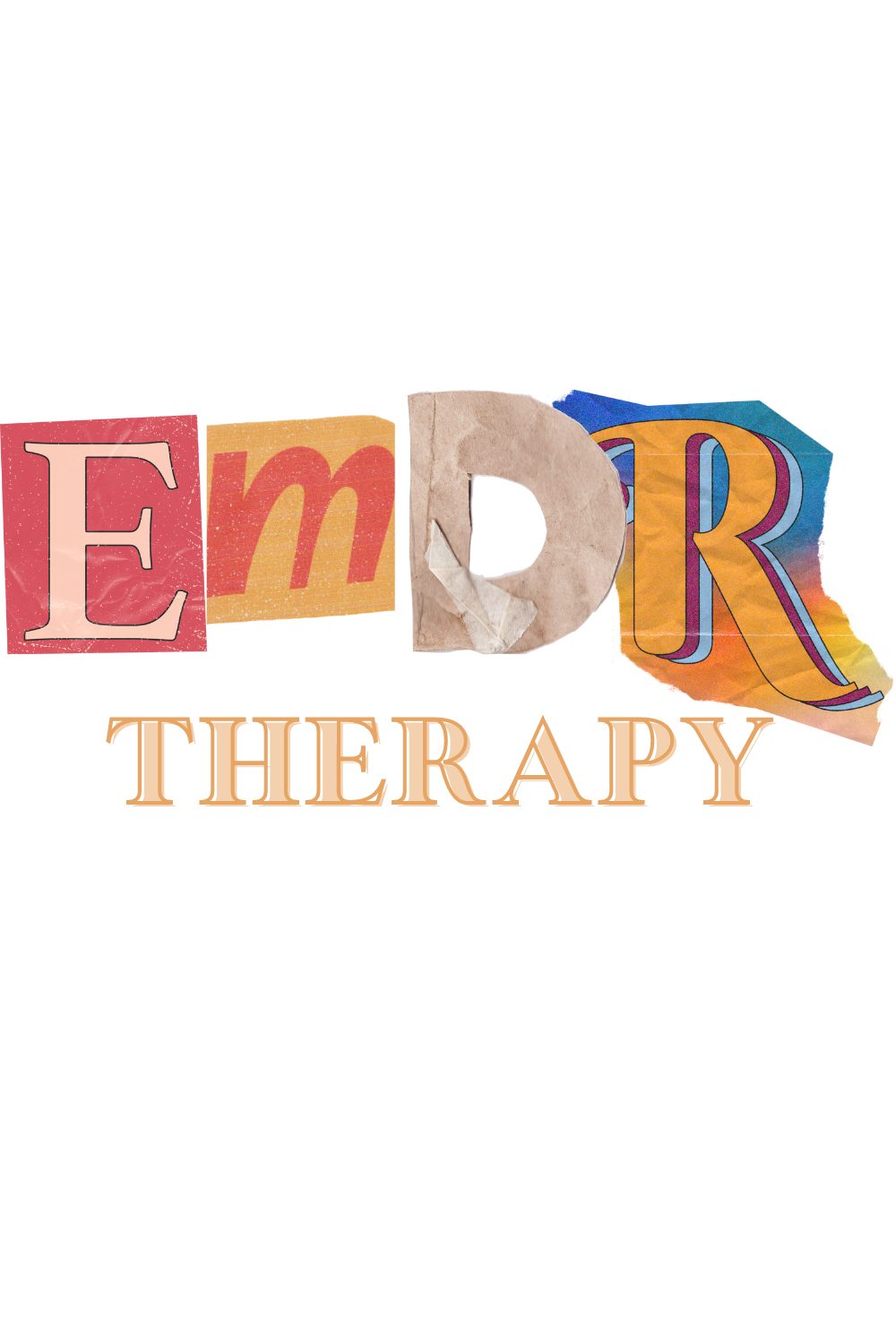WRITTEN BY LUCIE RITCHIE, REGISTERED PSYCHOTHERAPIST (Qualifying), As Published in Inside Fitness Magazine!
We can’t talk to our organs and tell them to thrive. I tried; they don’t speak English. Thankfully, there is one system within our bodies that speaks “organ.” Our muscles! Our muscles have an expansive ability to produce and express what some researchers are calling hope molecules throughout the body (Roll, 2020). Lucky for us, not only can we influence the production of these hope molecules, but we can also facilitate their secretion into the bloodstream to increase the quality of our overall health!
First, what on earth are hope molecules? According to a study by Severinsen and Pedersen (2020), hope molecules are protein and chemical particles, also known as myokines. The researchers say that myokines—or hope molecules—promote overall health by decreasing inflammation, increasing fat oxidation, stabilizing glucose levels, and they even help prevent the development of cognitive disorders. As a trauma-focused therapist and fitness enthusiast, what I find particularly interesting is the strong influence these hope molecules have on our brains!
These hope molecules don’t just move into the bloodstream through muscle contractions, but according to Psychologist and movement expert, Dr. Kelly McGonigal (Roll, 2020), hope molecules also cross the blood-brain barrier. Due to this unique ability, McGonigal shares that hope hormones can directly increase resiliency to stress, reduce symptoms of depression, and they can even help reduce symptoms of trauma. She says that movement can become our own personal pharmacy because it disburses natural antidepressant effects at the flex of a muscle!
Lucky for us, we don’t need to become Olympians to benefit from this natural remedy. We can reap the benefits through small, consistent movement behaviours like walking, biking, or even mild weightlifting. All we need to do is move. The more we move, the greater the benefits.
Teleporting thrive-based messages to our organs is as easy as exercising control (pun definitely intended) by moving our bodies. So, when you’re feeling down and feel like you could benefit from a little hope, just move in whatever capacity you can. Walk to the store instead of driving, swim, jump, or dance your heart out. Whichever you choose, know that support is just one flex away.
References
Roll, R. (2020, January 9). Movement makes us human: Kelly McGonigal, PhD | Rich Rolls podcast [Video]. YouTube. https://www.youtube.com/watch?v=ifw03u4IrS8
Severinsen, M. C. K., & Pedersen, B. K. (2020). Muscle-organ crosstalk: The emerging roles of myokines. Endocrine reviews, 41(4), 594–609. https://doi.org/10.1210/endrev/bnaa016







